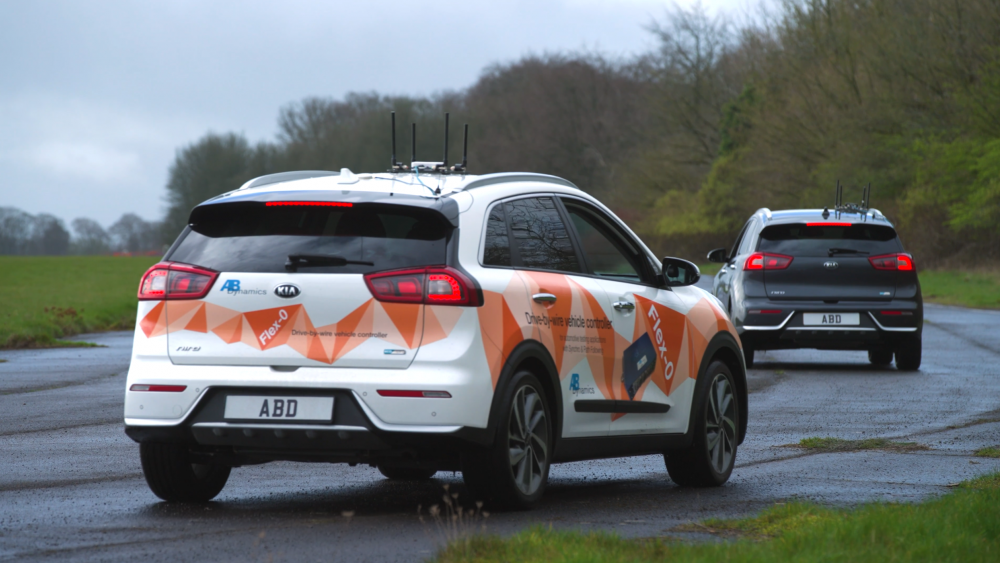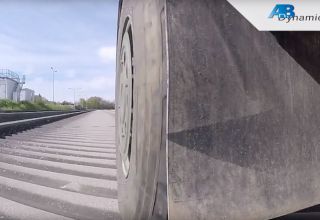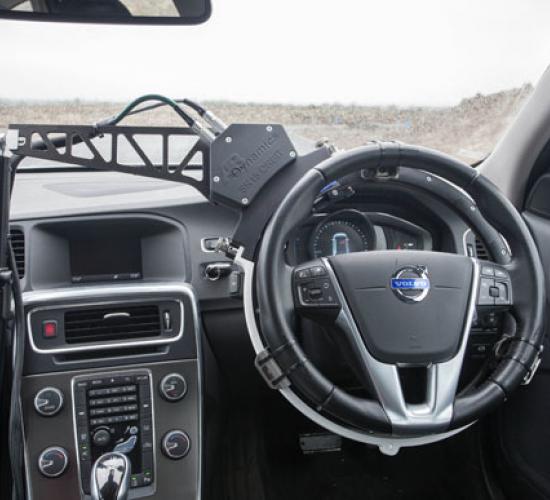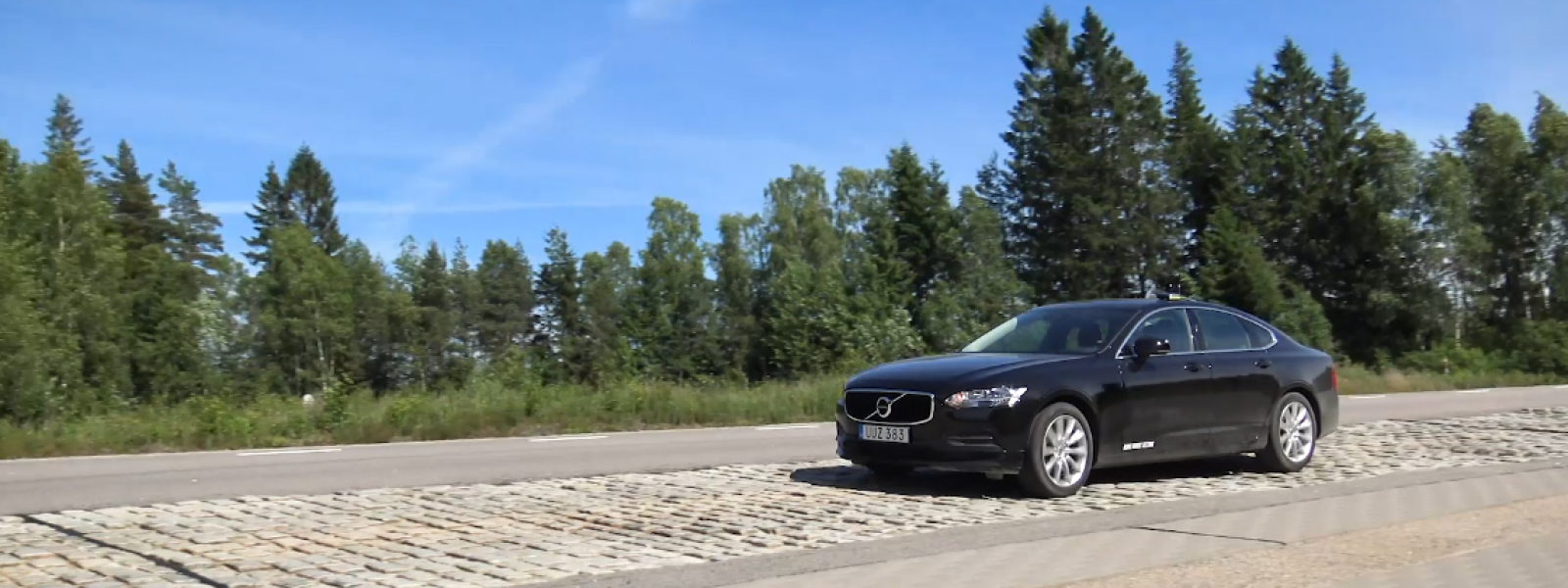
Durability Track Testing
Durability testing is tedious and repetitive – perfect for robots
Tests designed to accelerate the wear of vehicle components, these typically involve repeatedly driving a vehicle over rough surfaces.
Some durability tests are so physically arduous for a human driver that they are limited to an hour of driving per day, meaning a large team of drivers is needed to perform 24/7 testing. A driving robot can perform these tests without ever getting tired.
Why use robots?
-

To avoid injury to test drivers
Driving over rough surfaces for extended periods can have a cumulative effect on a human driver’s health, resulting (in the worst cases) in back or neck injury.
-

To ensure the correct path is followed, every time
Durability test drivers can learn the location of the most uncomfortable features on the track and deliberately avoid them. With AB Dynamics path-following, you can be sure that the vehicle follows precisely the intended path.
-

Improved efficiency
Multiple vehicles can operate simultaneously under robotic control with only one or two supervisors. No need for large teams of drivers for 24/7 testing.
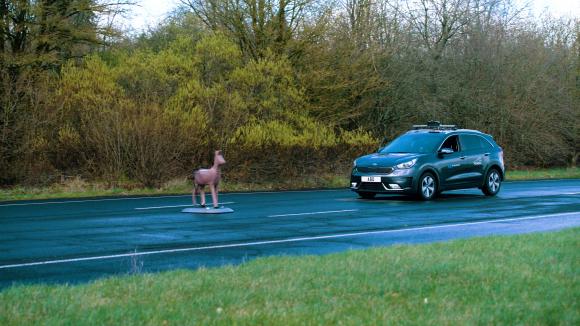
Active on board object detection
The solution can be upgraded with an active obstacle detection system, utilising LiDAR and camera with sensor fusion. The system will stop the driverless vehicle if its path is blocked, bringing additional benefits:
- Detection of untracked objects, such as wild animals or vehicle debris preventing the test vehicle from sustaining damage
- Operation of driverless vehicles over large areas safely, beyond base station line of sight
- Reduction in operator workload when monitoring multiple driverless vehicles, as each vehicle has increased on-board autonomy, increasing the number of vehicles a team can safely operate

